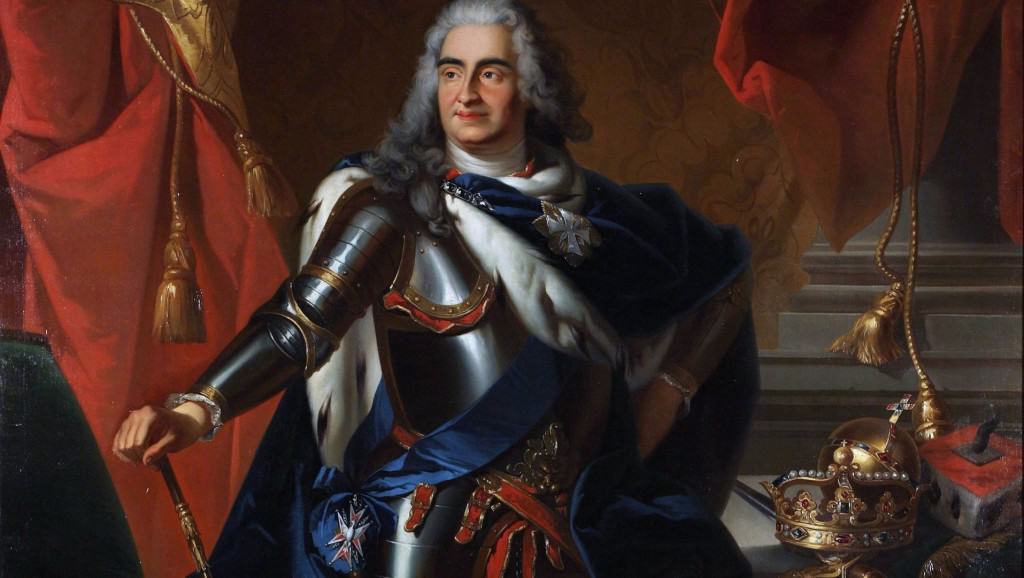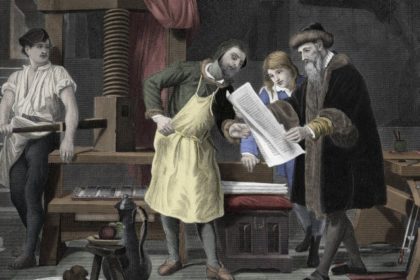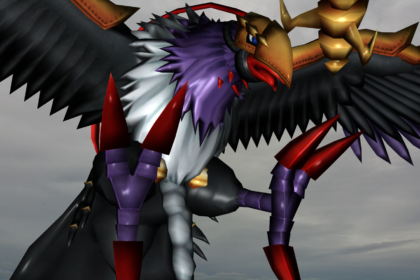Augustus II the Strong of the Albertine line of the House of Wettin was Elector of Saxony, Imperial Vicar and elected King of Poland and Grand Duke of Lithuania. Take a look below for 25 more weird and interesting facts about Augustus II the Strong.
1. Augustus’ great physical strength earned him the nicknames “the Strong”, “the Saxon Hercules” and “Iron-Hand.”
2. He liked to show that he lived up to his name by breaking horseshoes with his bare hands and engaging in fox tossing by holding the end of his sling with just one finger while two of the strongest men in his court held the other end.
3. In order to be elected King of the Polish-Lithuanian Commonwealth, Augustus converted to Roman Catholicism.
4. As a Catholic, he received the Order of the Golden Fleece from the Holy Roman Emperor.
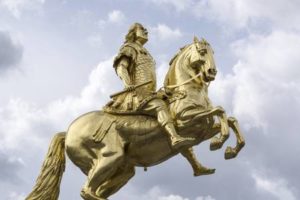
5. As Elector of Saxony, he is perhaps best remembered as a patron of the arts and architecture.
6. He established the Saxon capital of Dresden as a major cultural center, attracting artists from across Europe to his court.
7. Augustus amassed an impressive art collection and built lavish baroque palaces in Dresden and Warsaw.
8. His reigns brought Poland some troubled times.
9. He led the Polish-Lithuanian Commonwealth in the Great Northern War, which led to the Russian Empire strengthening its influence in Europe, especially within Poland.
10. His main pursuit was bolstering royal power in the Commonwealth, characterized by broad decentralization in comparison with other European monarchies.
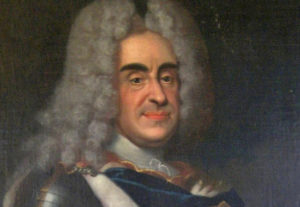
11. Augustus tried to accomplish his goal by using foreign powers, which is what destabilized the states.
12. Augustus was born in Dresden on May 12, 1670, the younger son of the Elector Johann Georg III and Anne Sophie of Denmark.
13. As the second son, Augustus had no expectation of inheriting the electorate, since his older brother, Johann Georg IV, assumed the post after the death of their father on September 12, 1691.
14. Augustus was well educated, and spent some years in travel and in fighting against France.
15. He married Kristiane Eberhardine of Brandenburg-Bayreuth in Bayreuth on January 20, 1693. They had a son, Frederick Augustus II, who succeeded his father as Elector of Saxony and King of Poland as Augustus III.
16. While in Venice during the carnival season, his older brother, the Elector Johann Georg IV, contracted smallpox from his mistress Magdalena Sibylla of Neidschutz.
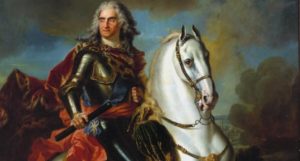
17. On April 27, 1694, Johann Georg died without legitimate issue and Augustus became Elector of Saxony, as Friedrich Augustus I.
18. Augustus is perhaps best remembered as a patron of the arts and architecture.
19. He had beautiful palaces built in Dresden, a city that became renowned for extraordinary cultural brilliance.
20. He introduced the first public museums, such as the Green Vault in 1723, and started systematic collection of paintings that are now on display in the Old Masters Gallery.
21. From 1687 to 1689, Augustus toured France and Italy. The extravagant court in Versailles, perfectly tailored to fit the needs of an absolute monarch, impressed him deeply.
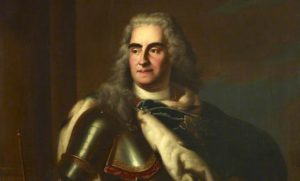
22. In accordance with the spirit of the baroque age, Augustus invested heavily in the representative splendor of Dresden Castle, his major residence, to advertise his wealth and power.
23. A man of pleasure, he sponsored lavish court balls, Venetian-style balli in maschera, and luxurious court gatherings, games, and garden festivities.
24. His court acquired a reputation for extravagance throughout Europe.
25. He held a famous animal tossing contest in Dresden at which 647 foxes, 533 hares, 34 badgers and 21 wildcats were tossed and killed.

